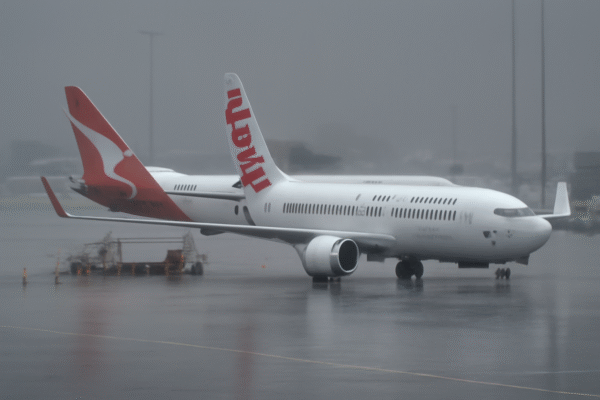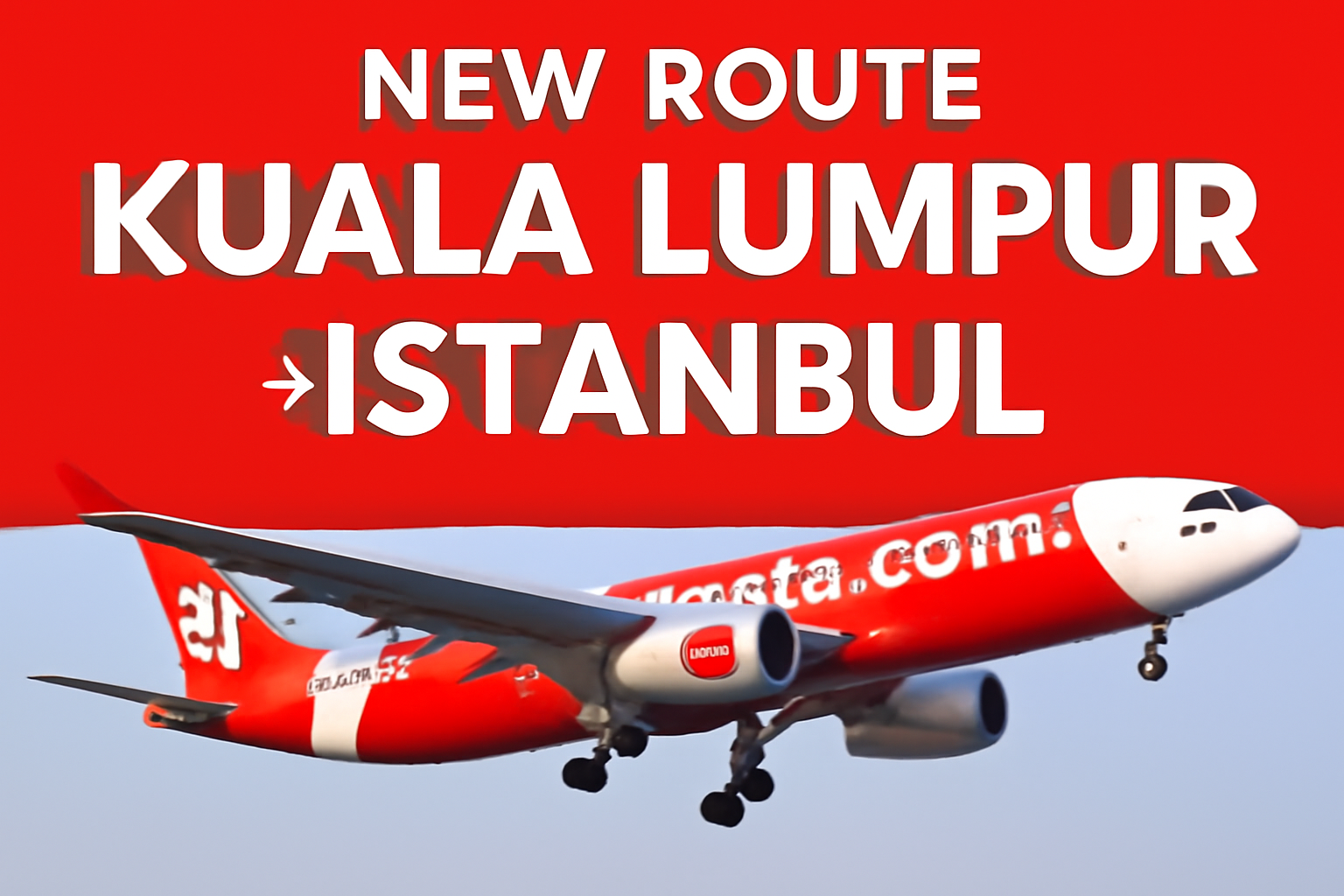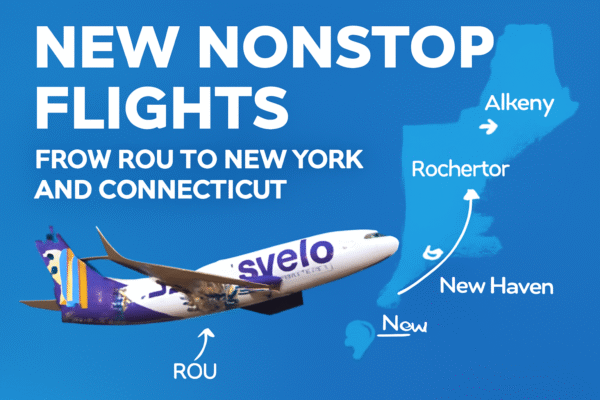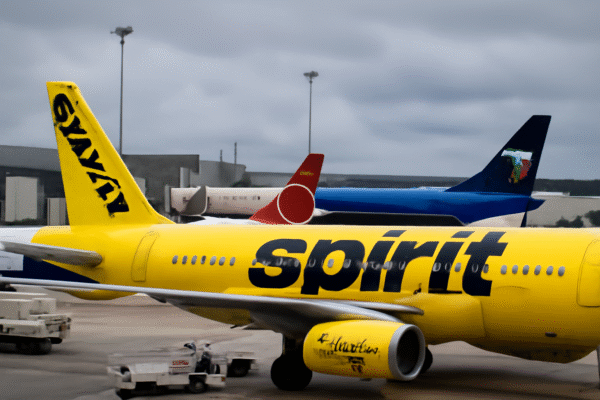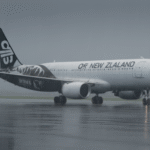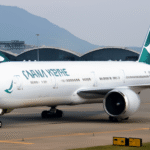The airline industry is facing significant challenges in 2025, with several major players struggling to remain operational. Spirit Airlines, Silver Airways, and SKS are among the carriers grappling with financial instability. While Spirit Airlines has warned of a potential shutdown within the next year, Silver Airways has already ceased operations, and Azul is navigating bankruptcy protection with massive debts. These cases highlight the growing pressures facing the aviation sector globally, as airlines confront weak demand, overcapacity, rising costs, and financial uncertainty.
Spirit Airlines Faces Possible Shutdown Amid Struggling Profitability
Spirit Airlines, a prominent low-cost carrier in the United States, has warned that it may shut down within the next 12 months. Despite emerging from bankruptcy earlier in 2025, the airline continues to face severe profitability challenges. The company has cited weak domestic leisure travel demand, fierce competition, and strict cash reserve requirements as major factors contributing to its financial troubles.
To counter these pressures, Spirit is restructuring its routes, focusing on higher-return services while cutting those that are unprofitable. In addition, the airline plans to add premium seating to its aircraft in an effort to attract higher-paying customers. Despite these efforts, Spirit’s management has admitted that the airline’s future remains uncertain, with substantial doubt about its ability to continue operating without significant changes.
Spirit has already announced plans to furlough 270 pilots and is exploring options to raise capital by selling aircraft and airport gate slots. These measures aim to conserve cash and provide some financial relief, but the airline acknowledges that they may not be enough to ensure long-term survival.
Silver Airways and SKS Cease Operations
Alongside Spirit’s financial woes, other airlines have already ceased operations due to similar financial strains. Silver Airways, a regional airline serving Florida, the Bahamas, and the Caribbean, shut down in June 2025 after a failed asset sale. The sudden closure left passengers stranded and severely reduced regional connectivity. This is a significant blow to travelers relying on Silver Airways for short regional flights, particularly in the Caribbean and Florida.
Similarly, SKS, a small Malaysian carrier serving niche domestic routes, ceased operations earlier in the year, marking the end of another airline in financial trouble. The shutdowns of these carriers highlight the vulnerability of smaller airlines in the face of rising costs and fluctuating demand.
Azul Faces Bankruptcy Protection Amid $2 Billion Debt
Azul, a major Brazilian airline, is also in dire financial straits. In May 2025, the company filed for bankruptcy protection in the United States, with over $2 billion in debt. Azul has already taken steps to reduce its fleet growth, cut unprofitable routes, and secure new financing to stay afloat. The airline raised $1.6 billion in new funding and an additional $650 million from investors, but its ability to recover remains uncertain. Azul is a key player in Brazil’s air travel network, so its restructuring process is being closely monitored by the aviation industry.
If Azul’s restructuring fails, it could disrupt Brazil’s domestic and international travel services, leading to further competition and financial pressures for other airlines in the region.
Reasons Behind the Struggles in the Airline Industry
Several factors contribute to the struggles faced by Spirit Airlines, Silver Airways, SKS, and Azul. The U.S. low-cost carrier market is particularly competitive, with increasing capacity from rival airlines driving down fares and reducing profit margins. Additionally, changes in passenger behavior, rising operational costs, and stringent financial regulations make it difficult for smaller and mid-sized airlines to stay profitable.
In Brazil, Azul’s financial troubles stem from high levels of debt, and the inability to generate sufficient revenue to meet obligations. Currency fluctuations and rising fuel prices have also played a role in Azul’s difficulties. Meanwhile, smaller carriers like Silver Airways are often more vulnerable to disruptions in fuel prices, maintenance costs, and seasonal demand.
What This Means for Travelers
For travelers, the current state of the airline industry is concerning. The possibility of Spirit Airlines shutting down within a year may leave passengers with cancelled flights, while the closure of Silver Airways already has created a lack of available flights in key regional markets. Travelers should be aware of these risks and consider purchasing travel insurance to protect against sudden cancellations or service interruptions.
Airlines facing financial uncertainty may also have difficulty processing refunds, so it is advisable to book with a credit card, which can simplify the refund process if an airline shuts down. Passengers should stay updated on news regarding their chosen airlines and monitor any advisories about flight cancellations or delays.
The Broader Impact on Airports and Tourism
Airports that lose an airline, especially smaller carriers like Silver Airways, can experience significant reductions in passenger traffic, which can lead to lost revenue and fewer connections to other regions. Additionally, tourism-dependent areas may suffer economically due to fewer flight options or disruptions to local travel services. The closures of smaller airlines, particularly those serving niche markets, can have lasting consequences on local economies that rely on regional air connectivity.
Tourism boards in affected regions may need to work harder to attract new carriers to replace the lost services and ensure continued flight availability. This is especially important in regions that depend on seasonal tourism, where access to affordable flights is crucial.
The Future Outlook for the Airline Industry
As 2025 continues, it is likely that more airlines will scale back operations, merge with competitors, or undergo restructuring efforts to survive. Some larger carriers may step in to absorb routes from failing airlines, which could lead to consolidation in the market. The number of low-cost carriers may also shrink as more budget airlines struggle to stay afloat.
Despite these challenges, one bright spot for the airline industry is the growth of premium leisure travel. Many passengers are now willing to pay extra for comfort and services, especially when traveling for vacations. Spirit Airlines, for example, is hoping to tap into this demand by adding premium seating to its aircraft. If successful, this could help offset declining revenues from the economy class.
Conclusion: What Lies Ahead
The airline industry is facing a turbulent period, with Spirit Airlines, Silver Airways, SKS, and Azul serving as just a few examples of how fragile the sector can be. Rising operational costs, increased competition, and changing consumer preferences are reshaping the future of air travel. For passengers, the key to navigating these uncertain times is staying informed, booking with caution, and securing travel insurance to mitigate risks.
The coming months will be crucial for the survival of many airlines. While some will adapt to the changing market, others may face continued financial struggles. Only time will tell how many airlines can weather the storm and emerge from this challenging period in the aviation industry.
For more travel news like this, keep reading Global Travel Wire





